Our brushes play a particularly important role in our work, as a good brush makes it easier, and a bad or bad brush makes it extremely difficult. So that our brushes can maintain their good condition for a long time, we ourselves can do a lot: on the one hand, by how we use them during work, and on the other hand, by how and with what we clean them. During cleaning, the main principle is what material to apply and what exactly we use our brush for. We already wrote about the types and characteristics of brushes in our previous article.
CLEANING GEL BRUSHES
We don't usually remove the gel inside the brush in the case of building brushes, since this gel holds the hair together and prevents the jelly balls applied to the brush from being filled with small bubbles. For this reason, it is worth wiping only the outside of our construction brushes with a lint-free cloth soaked in a clean or possibly gel fixative (e.g. Aroma Cleaner ), then put a cap on it to protect the hairs and store it in a place protected from light. For this reason, it is advisable to use separate brushes for the white, clear and cover materials, and if you apply a colored material with a construction brush, it is worth working with a separate brush for each color: black, blues-greens, reds-pinks, oranges-yellows, light colors.
With our decorating brushes, it is important to remove the colors left in the hair, otherwise the previous color would be mixed in with the next decoration. This can be done carefully with a gel fixative, but only gently wiped, because it can damage the bristles of the brush, especially drying out the natural bristles. It is better to use a liquid developed for AcrylGel ( AcrylGel Solution ) for cleaning, because it is often gentler on the bristles of the brush, you can carefully rinse the brush in it, or gently wipe it with brush washing liquid. These materials will completely remove the gel from the brush and then the bristles will split a bit, so be sure to return them to their original shape and put the cap on carefully so that the bristles don't bend back.
Another solution is to use a thinner light gel (e.g. Cool Shine Ever Top Gel) to remove the colored material accumulated at the base of the brush. This is also good because it does not damage either the artificial hair or the natural hair at all, it practically only "replaces" the colored material with the colorless light gel, keeping the hair of the brush nicely together. When the brush is completely clean, wipe only the outside with a clean, lint-free cloth, then store it in a light-protected place with the cap.
CLEANING OF ACRYLIC GEL
When using AcrylGel, we constantly wet our brush with the liquid developed for this purpose (AcrylGel Solution), and when our work is finished, we can completely remove any material that may have stuck to the hair of the brush with this liquid. Then wipe and shape the brush on a paper towel, then store it with the cap in a place protected from light. After a few sessions, it is worth rinsing in Porcelain Liquid and putting it away shaped.
REMOVAL OF PORCELAIN
As with AcrylGel, in the case of porcelain, we constantly clean our brushes during work, namely in Liquid. Thanks to this, if we work well, our brush is clean when our work is done, so we only have to rinse it a few times in Liquid, then wipe it to shape with a paper towel and put it in a protected place with the cap.
REMOVAL OF BINDED MATERIAL
No matter how much we pay attention to the use of the brush, it is possible that UV light hits the brush from somewhere and the gel or AcrylGel binds to it, or the porcelain binds to the inside of the brush over time. In this case, if it is a substance that binds to UV light (jelly, AcrylGel), it unfortunately cannot be removed from the brush, because nothing dissolves these substances - neither acetone nor brush cleaner. In the case of porcelain, however, there is still hope: soak it thoroughly with Liquid, then wrap it in aluminum foil. After roughly 24 hours, the bonded porcelain will soften a little and we can carefully wipe it from the hairs. If this still doesn't work because there is a larger amount of material in the brush or it is a material that has been tied up before, soak it for a few minutes and wash it in acetone. Acetone dissolves the porcelain and can be carefully removed from the hairs, but it is important to know that it dries the natural hair extremely, after which the material will stick much more easily.
Important! We never want to scrape the bandaged material out of the bristles of the brush with a nail, an orange stick, or a leather scraper, because this destroys the fibers and makes the brush useless.
Good brushes make our work extremely easy, but they are not cheap. Take care of them while working, keep them constantly clean and shape the fibers so that they can be suitable companions for a long time.



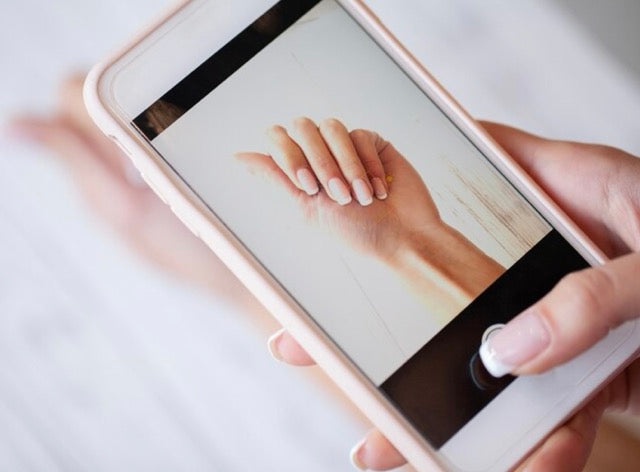
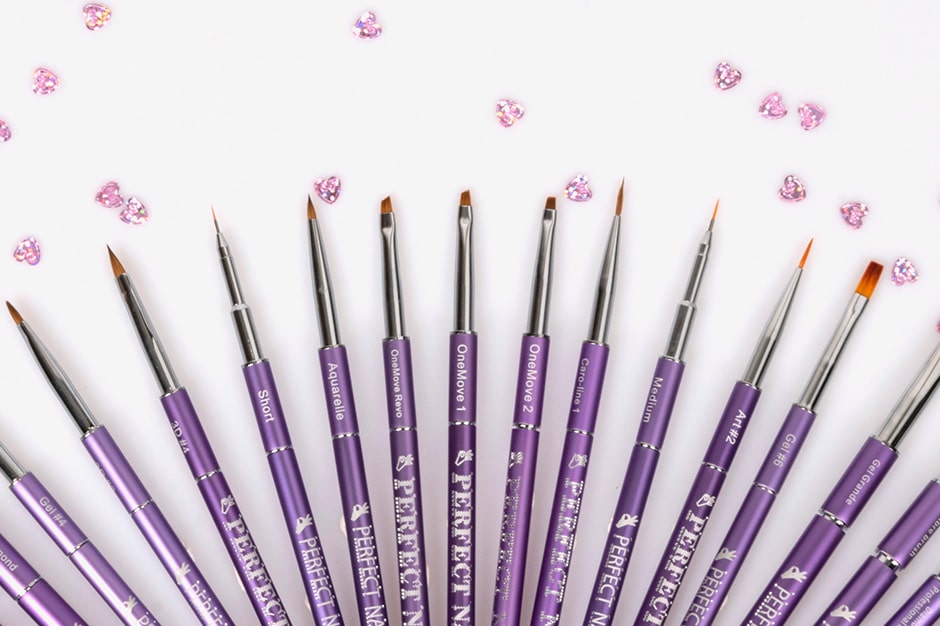
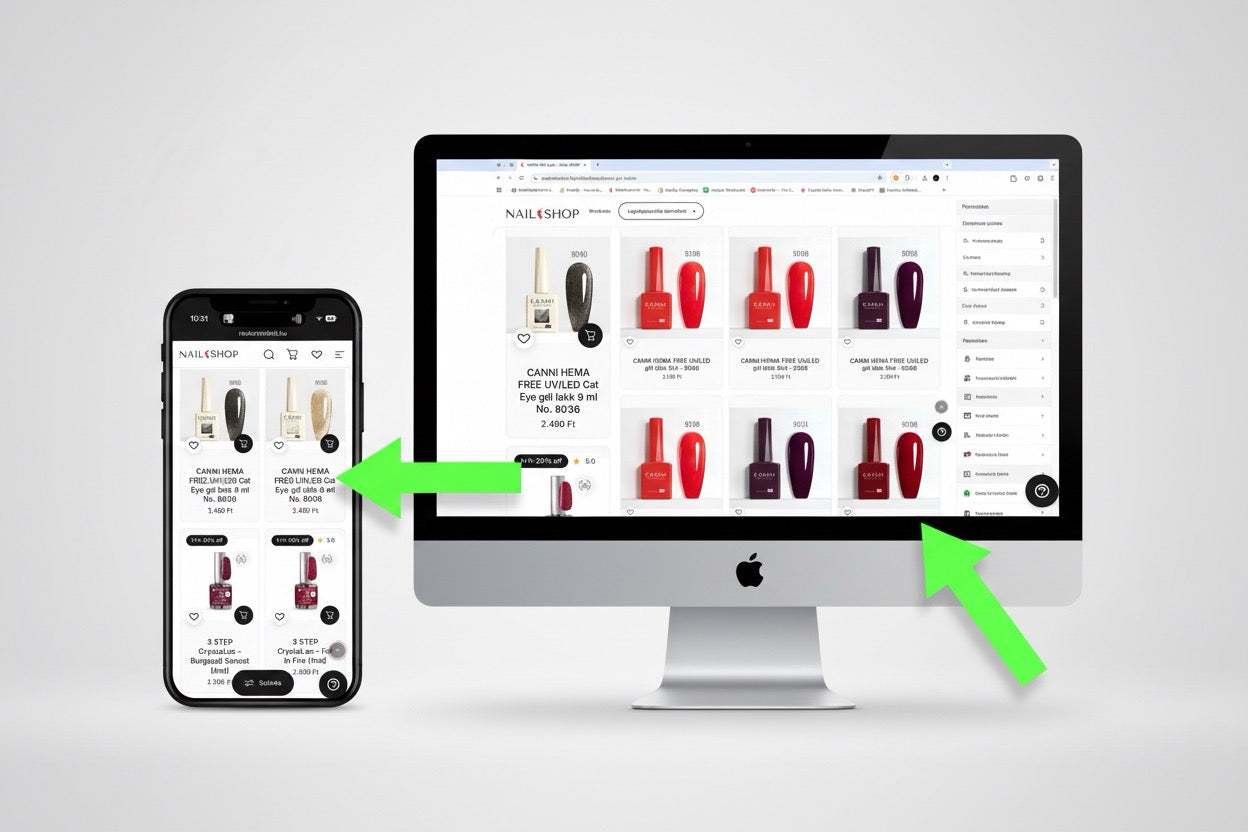
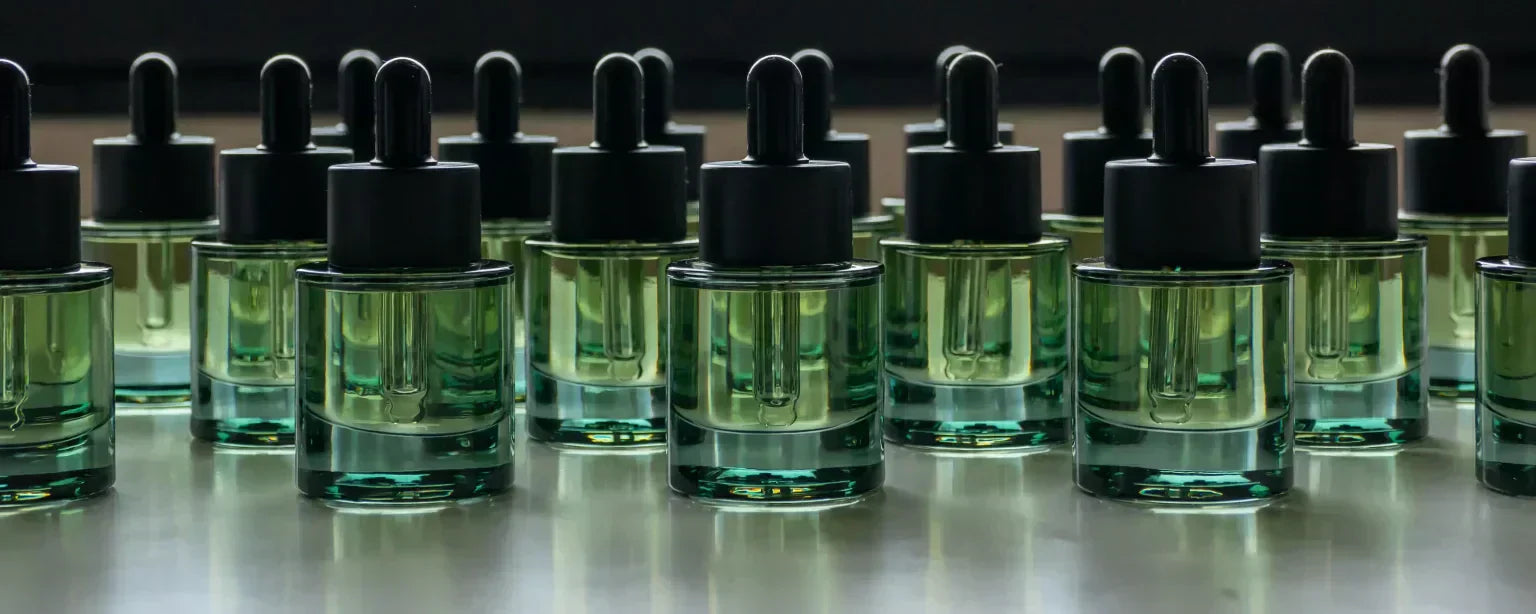
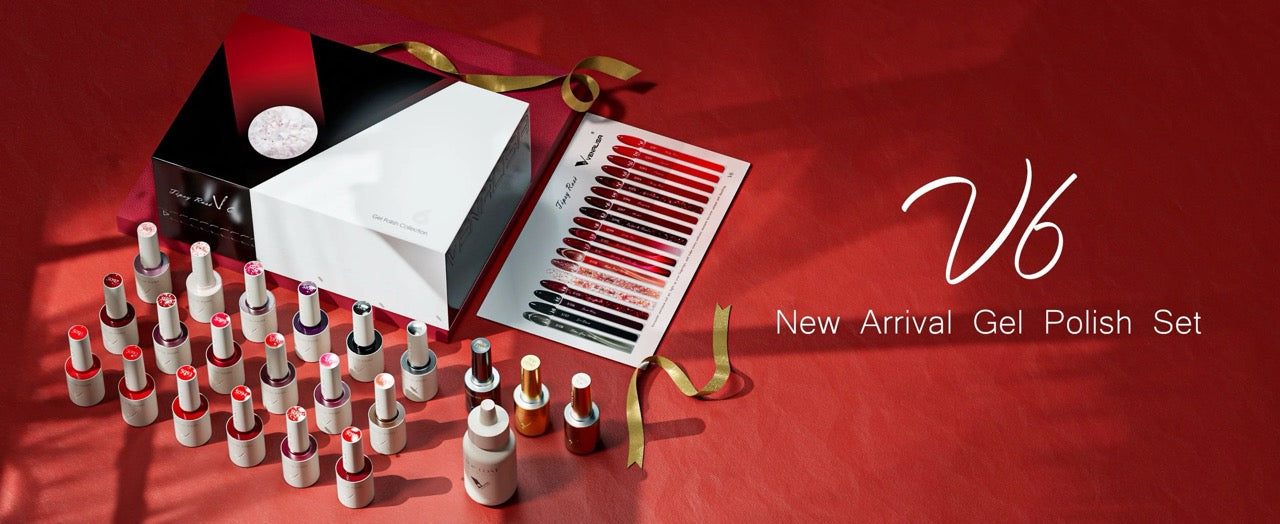

Share:
Let's be friends again! :)
Using a primer actually extends the durability of the nail polish: